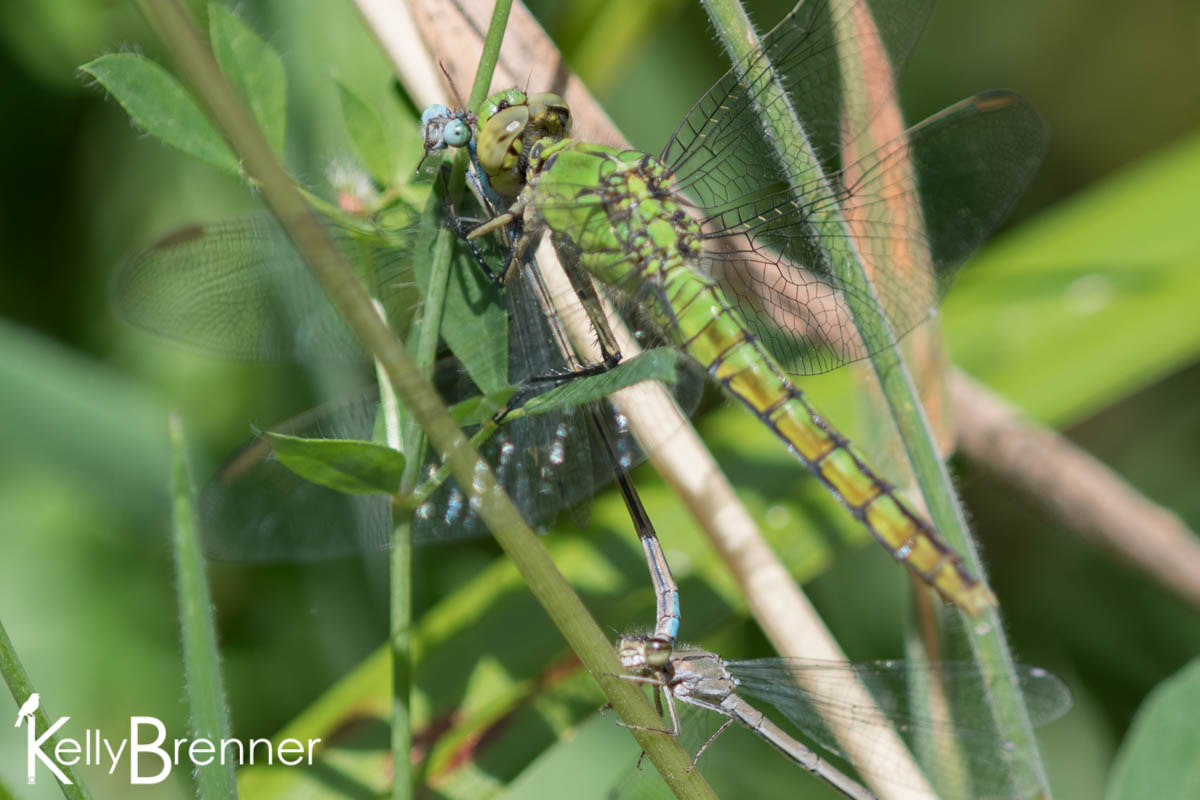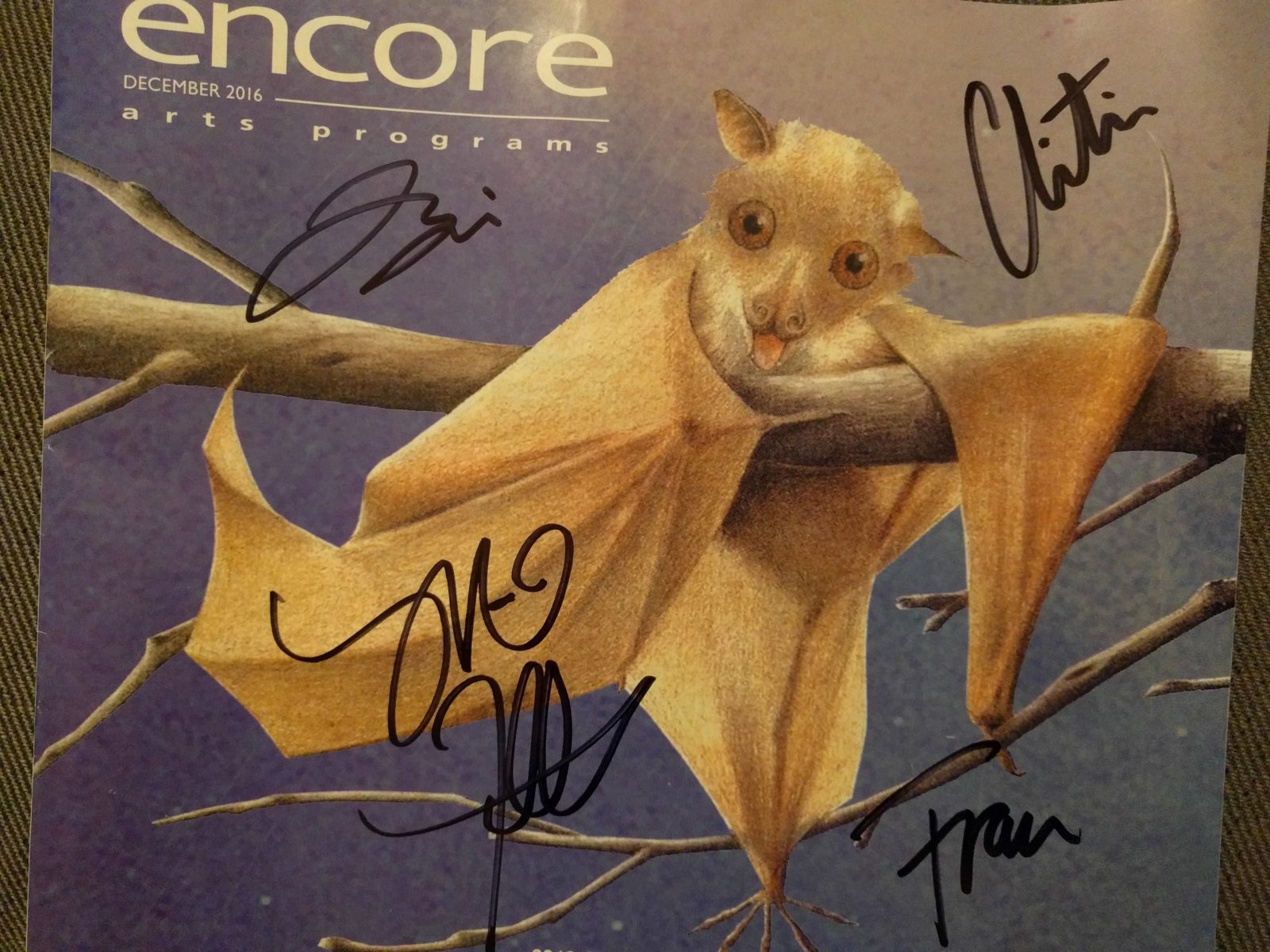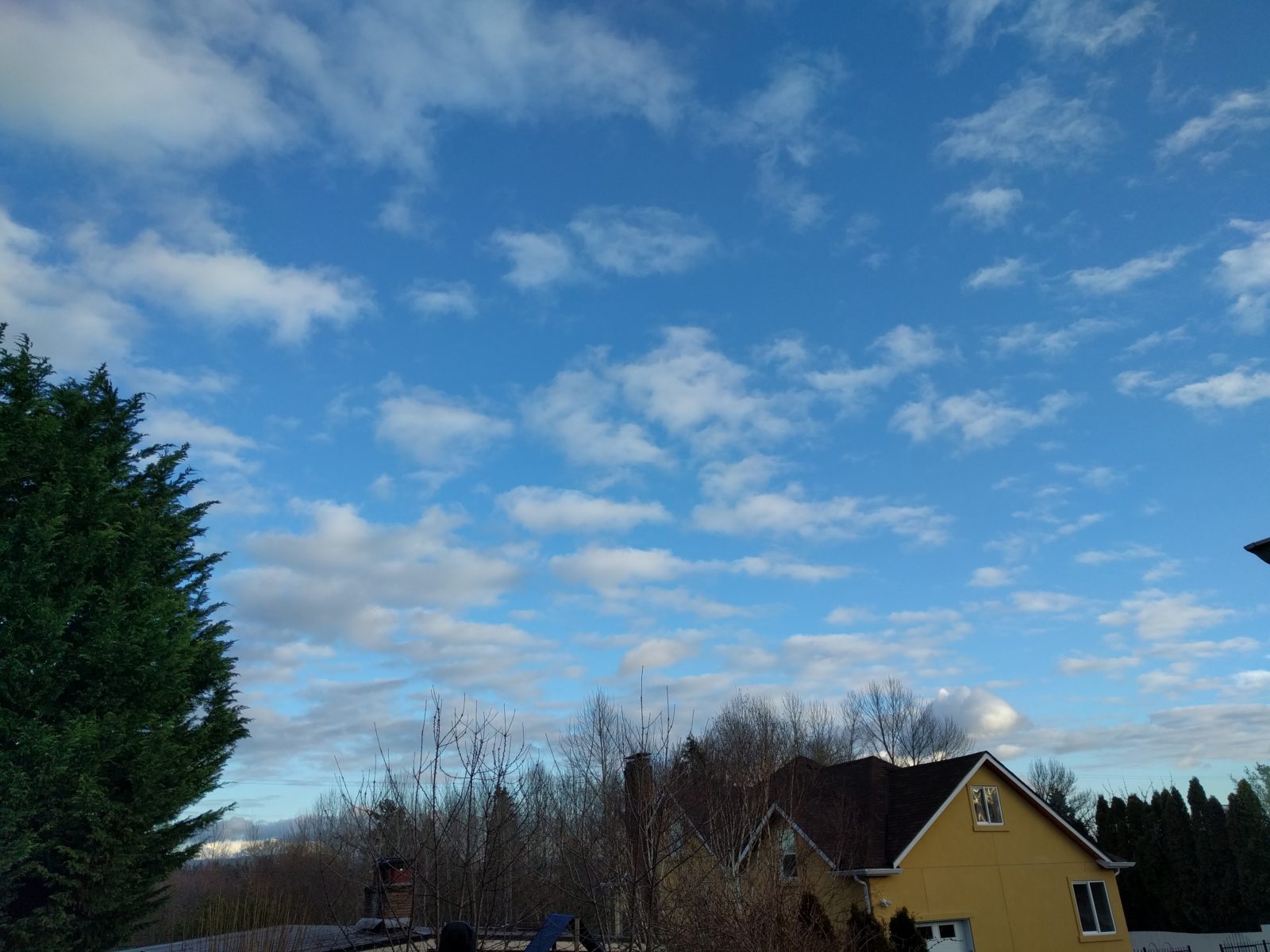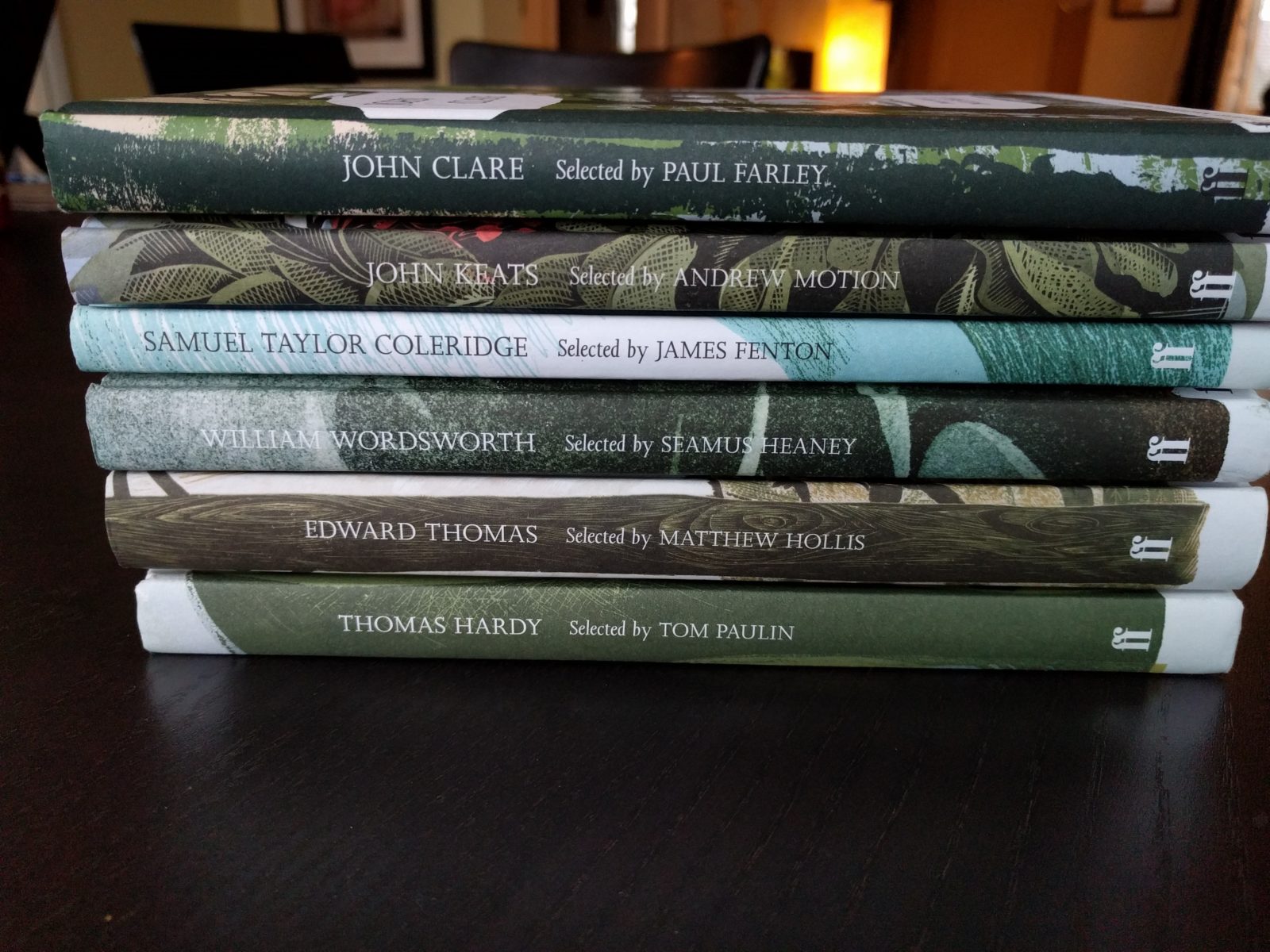In 2016 I’m doing a 365 Nature project. Each day of the year I will post something here about nature. It may be any format, a photo, video, audio, sketch or entry from my nature journal. It could be a written piece. Each day I will connect to nature in some way and share it here by the end of that day. You can keep up-to-date by subscribing to the RSS feed or be notified by email. See all the 365 Nature posts.
Finally today was a sunny and warm day. Surprisingly, they’ve been few and far between the last couple of weeks. Although I really wanted to check on the Cooper’s Hawks chicks that were nearly ready to fledge on Day 183 at the arboretum, the call of dragonflies at Magnuson Park was a greater pull today. I’ve had incredible luck at Magnuson Park this year, finding not one, but two wandering dragonfly larvae walking across the path during the day on Day 132 and Day 155.
Today started out well right way, two Blue-eyed Darners were perched, hanging from branches right at the start of the path. I noticed large numbers of large orange and black wasps frantically visiting the Goldenrod and Queen Anne’s Lace flowers. A number of Queen Anne’s Lace also contained entire cities of orange and black beetles. Blood-red Lady Beetles were abundant along with Seven-spotted Lady Beetles. I also found a few butterflies, at least two Spring Azure butterflies crossed my path and one Lorquin’s Admiral.
I watched a family of crows, noisy juveniles following the adult begging for food. I also saw Cedar Waxwings, Song Sparrows, Red-winged Blackbirds, Savannah Sparrow and one Great Blue Heron. On the pond where I watched the Pied-billed Grebe chicks on previous visits, only one remained with an adult. However, in the central pond I found a brand new family with a half dozen tiny chicks.
In one of the first ponds I checked, female darners were busy laying eggs in the vegetation. I counted at least three in the first pond. Eight-spotted Skimmers were everywhere and they were perching regularly. The last two visits I could hardly find one to photography that was not flying, but today they seemed to be everywhere on branches and leaves.
The big pond was also full of Common Whitetail dragonflies and Blue-eyed Darners. I noticed quite a few Western Pondhawks, both males and females out around the ponds and a couple of Blue Dashers. Unlike previous visits this year, I only found two Cardinal Meadowhawks. There was a mating frenzy going on around the ponds and I saw many wheeled pairs of darners around the pond and Eight-spotted Skimmers laying eggs.
But the highlight of the day was watching a female Western Pondhawk grab a mating pair of damselflies out of the air and land with them on the grasses. As I watched, the dragonfly proceeded to chewed the male’s head off his body while he still gripped the unfortunate female behind her head with his abdomen. The male’s head fell off to the side as the pondhawk started to consume him from the neck down. The female damselfly struggled to get free, but she was unable to escape the male’s grip as the Western Pondhawk devoured the male. Unfortunately, I shifted my stance and the Western Pondhawk flew off with both damselflies still in her grip so I don’t know what happened to the female damselfly.
Incredibly, less than a minute later, I watched a pair of Eight-spotted Skimmers in a mating wheel get picked out of the air by a Common Green Darner. They all struggled back and forth across the path for a minute or so before the male wisely let go of the female and left her to her fate. The darner then overpowered the female skimmer and flew with her to a tree branch where he chewed her head off. I watched for quite awhile as he ate the skimmer and even when I’d watch something else and return, he’d still be there. Eventually the last time I checked, they were both gone. I noticed in my photos the female had a yellow bulge at the end of her abdomen and I suspect they were her eggs. As the darner ate her and her body moved back and forth against a leaf, some of the eggs were left behind.






